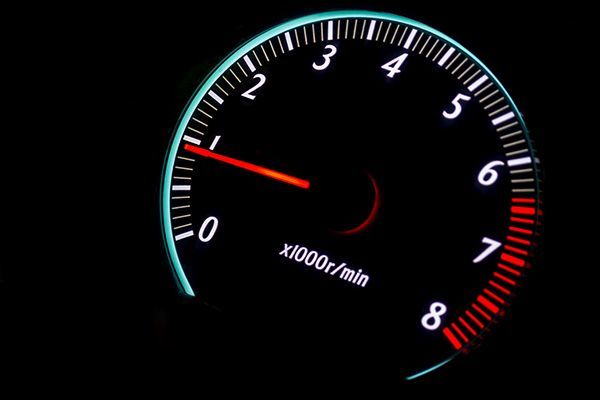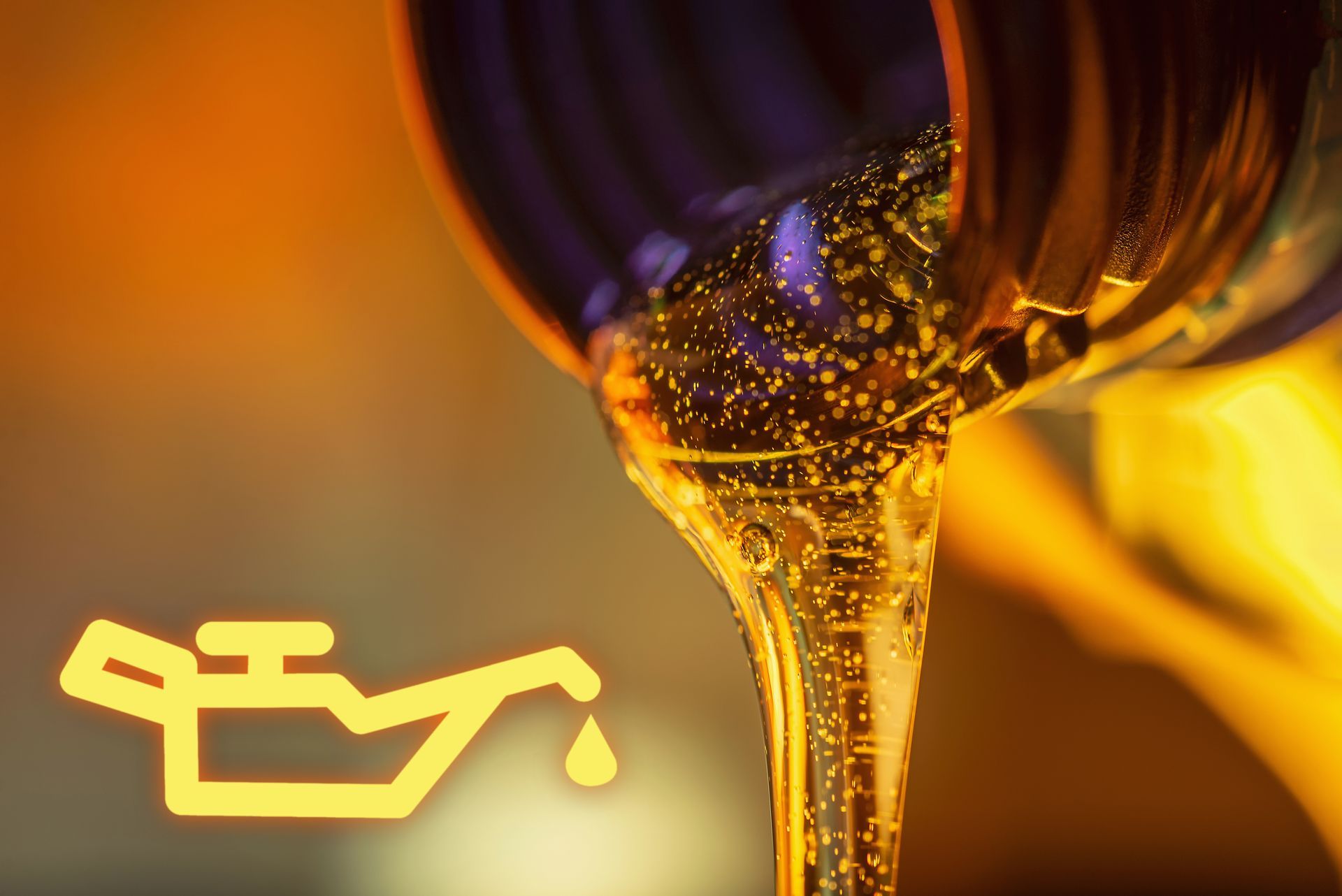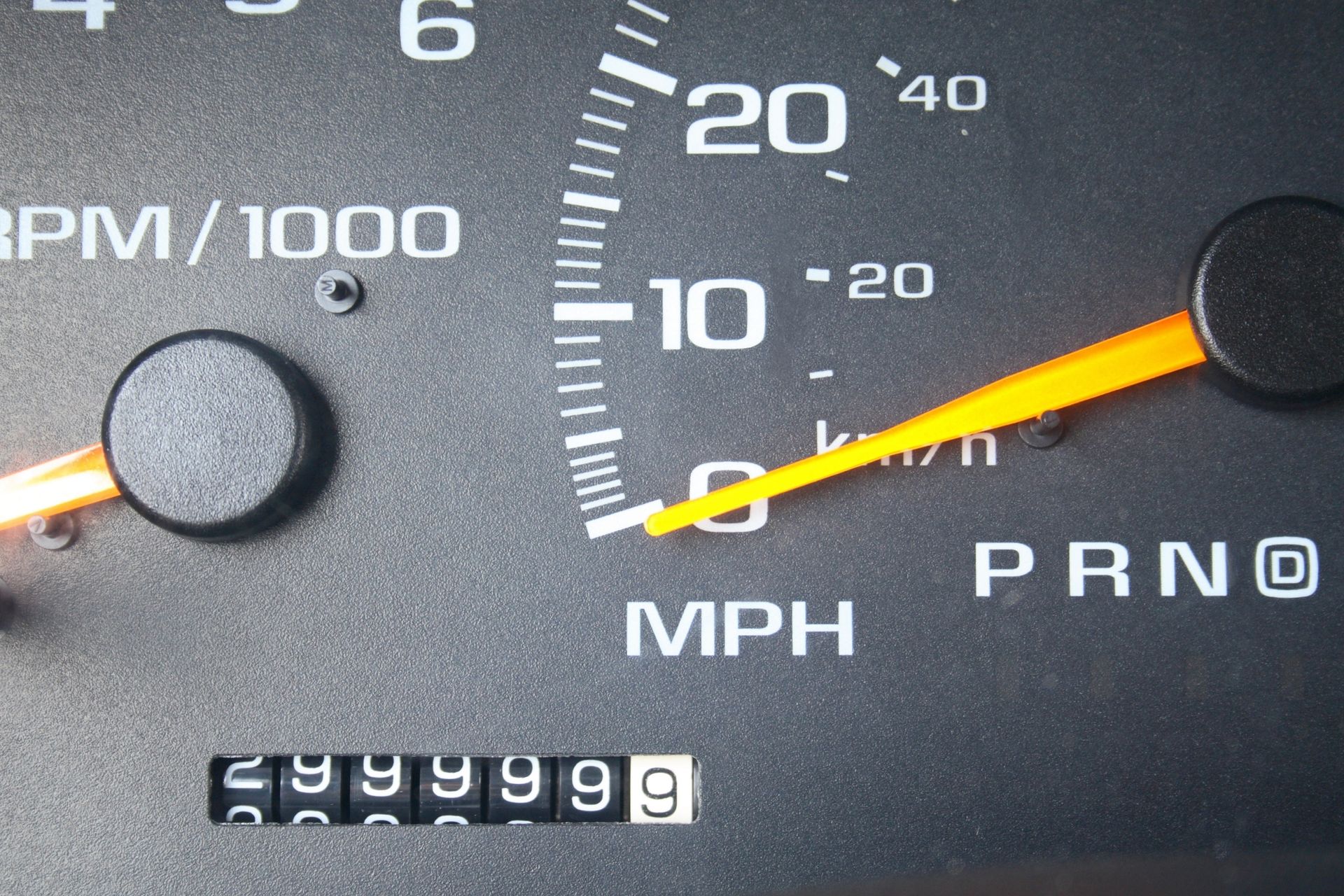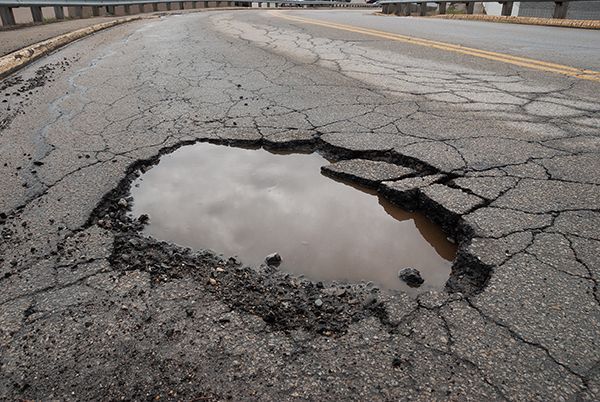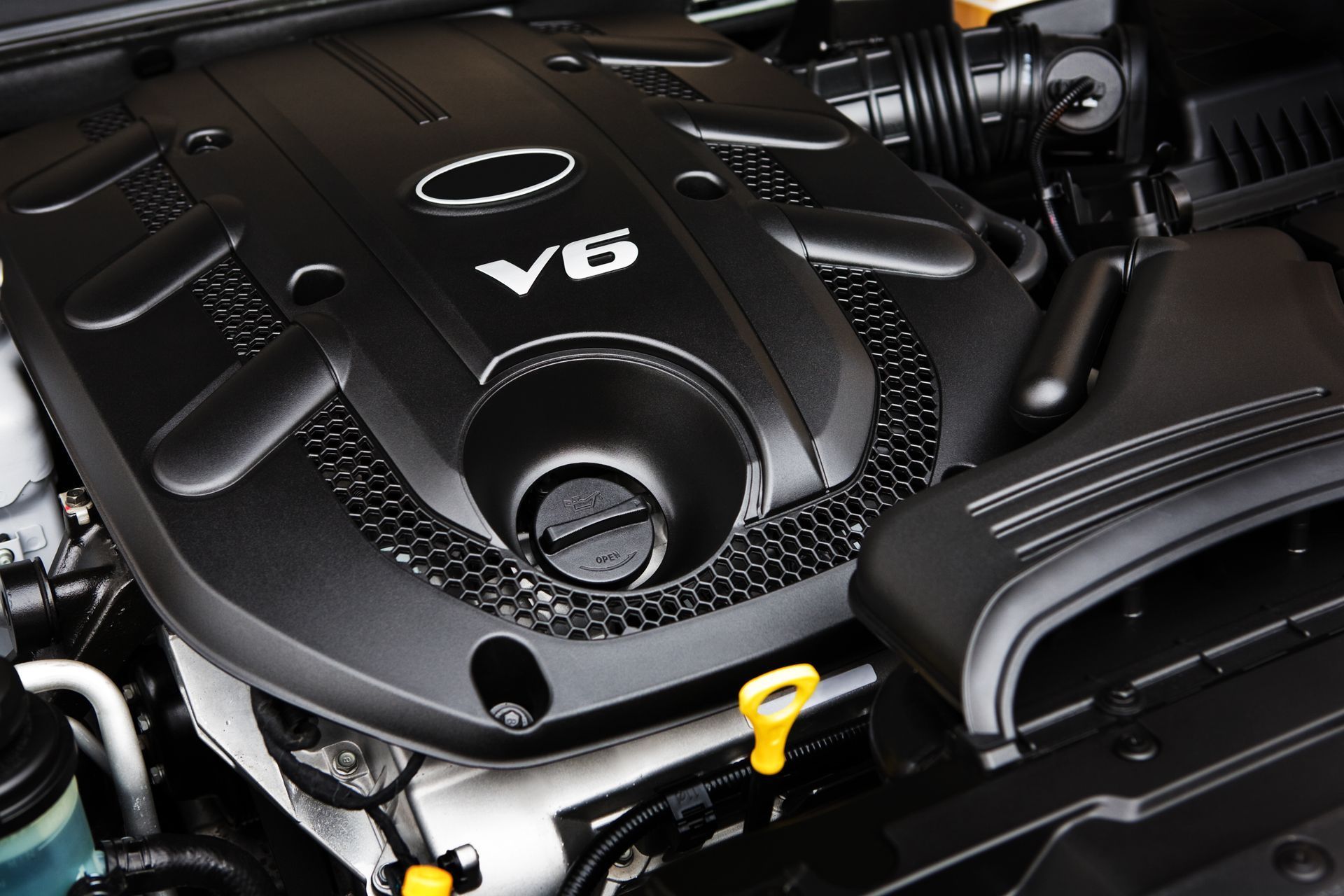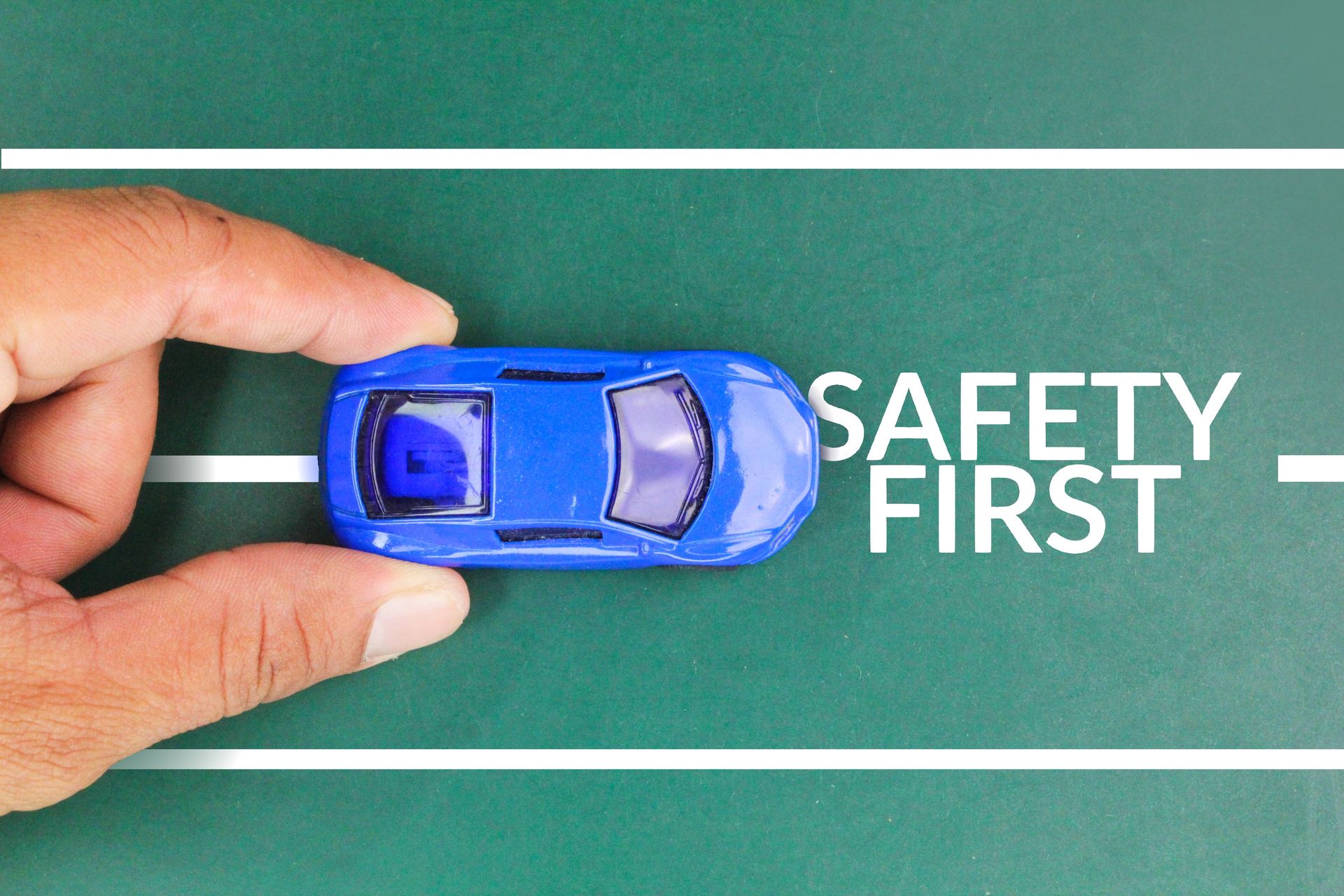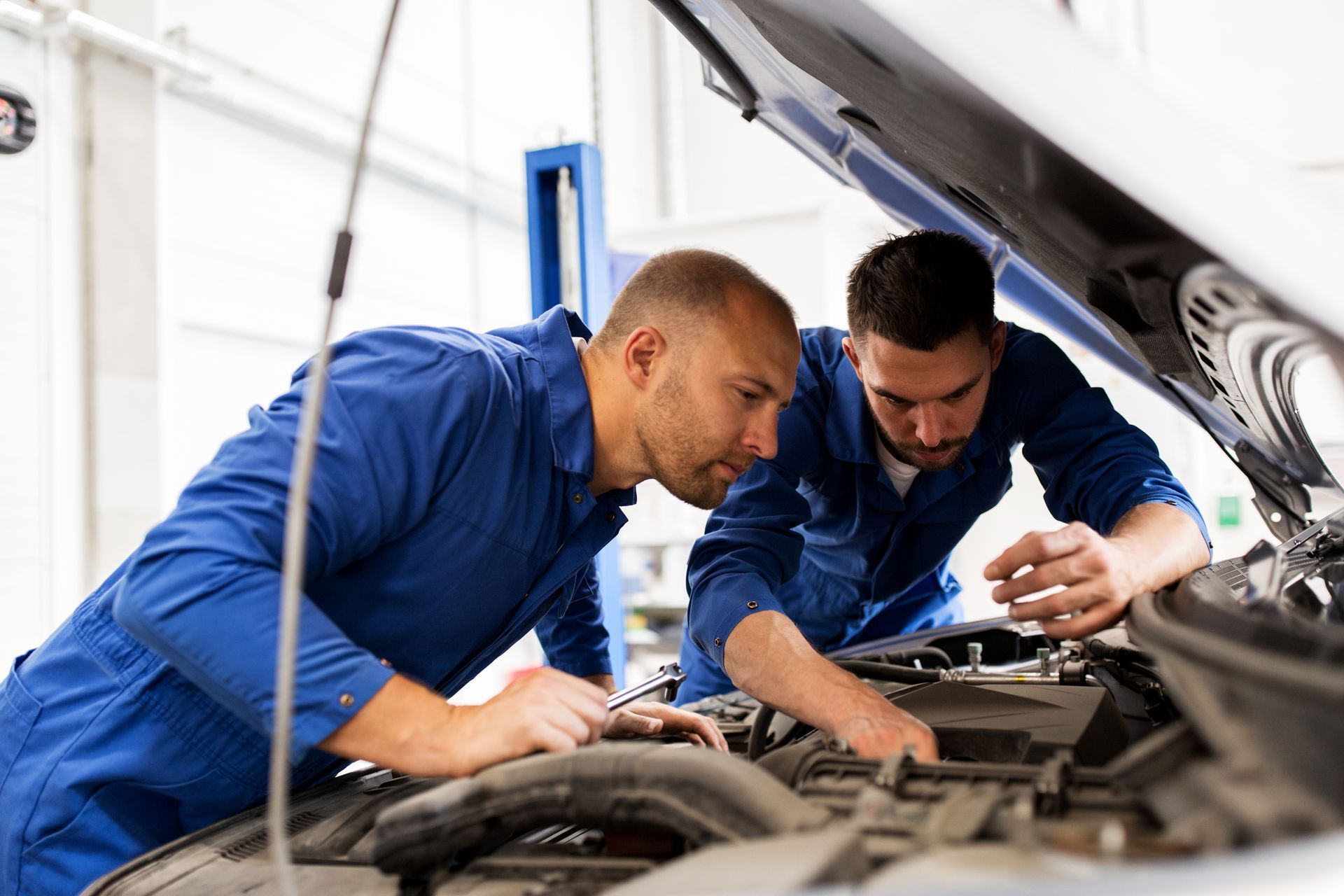Grabbing a quick bite behind the wheel seems harmless enough. Maybe it’s your morning bagel during the commute or a fast food meal on a long road trip. You’re saving time and staying productive, and it doesn’t really feel like a distraction until it is.
Many drivers don’t realize that eating while driving can be just as risky as using a cell phone. You may still have one hand on the wheel, but your focus, reaction time, and ability to respond quickly are all reduced. And when something goes wrong, even a small delay in reaction can make a big difference.
The Real Risks Behind the Wheel
Eating in the car is a form of distracted driving. That means your attention is being pulled in different directions—your hands are juggling food, your eyes are glancing down, and your brain is switching focus. At the same time, you're thinking about whether ketchup just hit your shirt or where the fries went, your awareness of the road takes a backseat.
It’s not just about messy foods either. Even something as simple as sipping coffee can interrupt your ability to respond to sudden changes, like a pedestrian stepping off the curb or the car in front of you slamming on the brakes.
Not All Distractions Are Obvious
Unlike texting or making a phone call, eating seems like a mild activity. But studies show that drivers who eat behind the wheel are more likely to swerve, run red lights, and have slower braking responses. The problem isn’t just with what you’re doing—it’s with what you’re not doing, which is keeping full attention on the road.
Think about the moments when you’ve dropped something or spilled a drink. Instinctively, your eyes go off the road, and your hands move to catch or clean up. It only takes a second of distraction for an accident to happen, especially at higher speeds or in heavy traffic.
Common Culprits That Increase the Risk
Some foods are more distracting than others. Anything that requires multiple steps, like unwrapping, dipping, or balancing on your lap, increases your chances of losing focus. Hot drinks, greasy items, and food that can fall apart, like tacos or burgers, are often the biggest offenders.
Even trying to clean your hands with a napkin or grab a mint after eating adds to the distraction. Your hands are occupied, your mind is multitasking, and that split second of inattention can lead to a collision.
Eating Often Means Rushed Decisions
Most people who eat while driving are doing so because they’re short on time. That rushed mindset can lead to poor driving behavior, like speeding, rolling through stop signs, or not yielding properly. When your brain is focused on saving time, it's not as focused on caution.
If you’re in a hurry and already distracted by food, it’s more likely that you’ll miss traffic signals or overlook nearby cyclists and pedestrians—especially in busy areas like East Amherst.
Better Alternatives on the Go
If you’re on a tight schedule, try to plan your meals around your driving time. Eating before or after your trip keeps you safer and makes your drive more comfortable. If you’re heading out on a longer trip, take a short break at a rest stop or parking area to eat without pressure.
Hydration is important, and keeping a water bottle handy is fine, but even that should be used cautiously while driving. If you find yourself reaching for snacks or meals often during commutes, consider adjusting your routine to leave earlier or prep meals ahead of time.
Gerry’s Service – Focused on Driver Safety in East Amherst, NY
At
Gerry’s Service, we know that
driving safely goes beyond what happens under the hood. It's also about making smart choices behind the wheel. If you want your vehicle in top shape and your driving habits to match, we're here to help. Visit our shop in East Amherst for maintenance, inspections, and advice that helps you stay focused and confident every time you hit the road.


